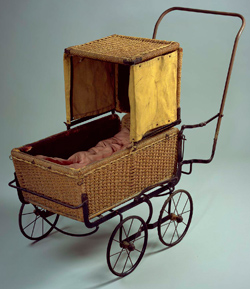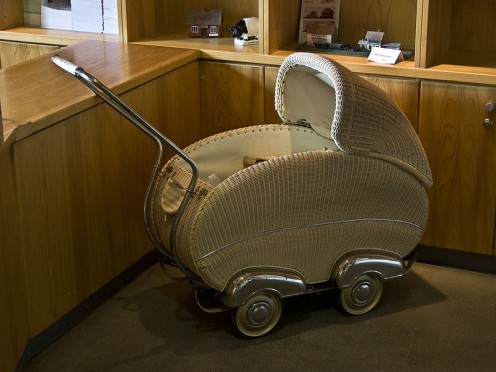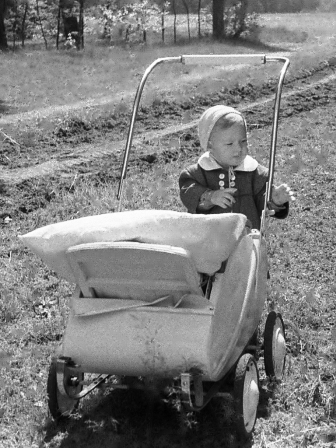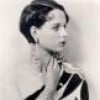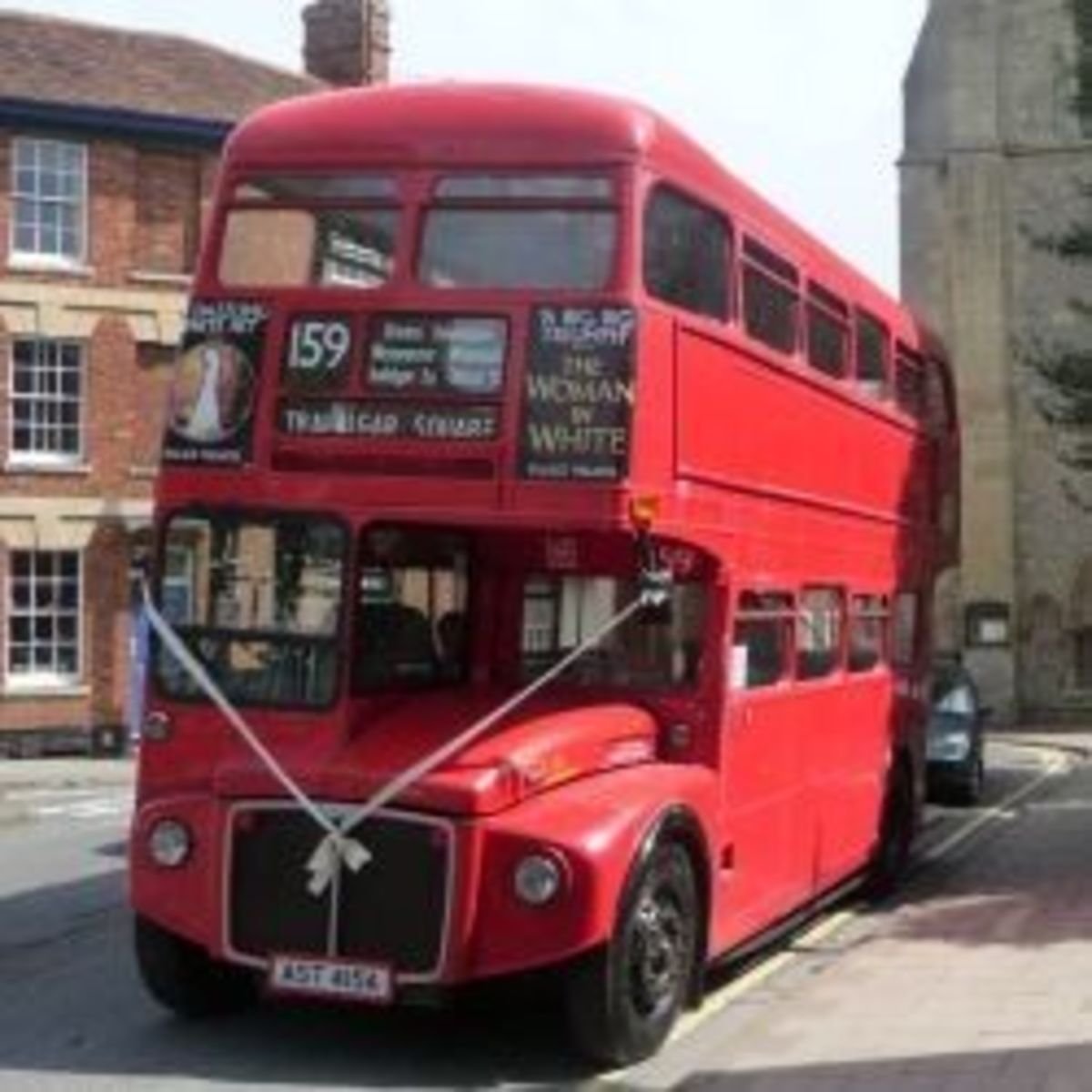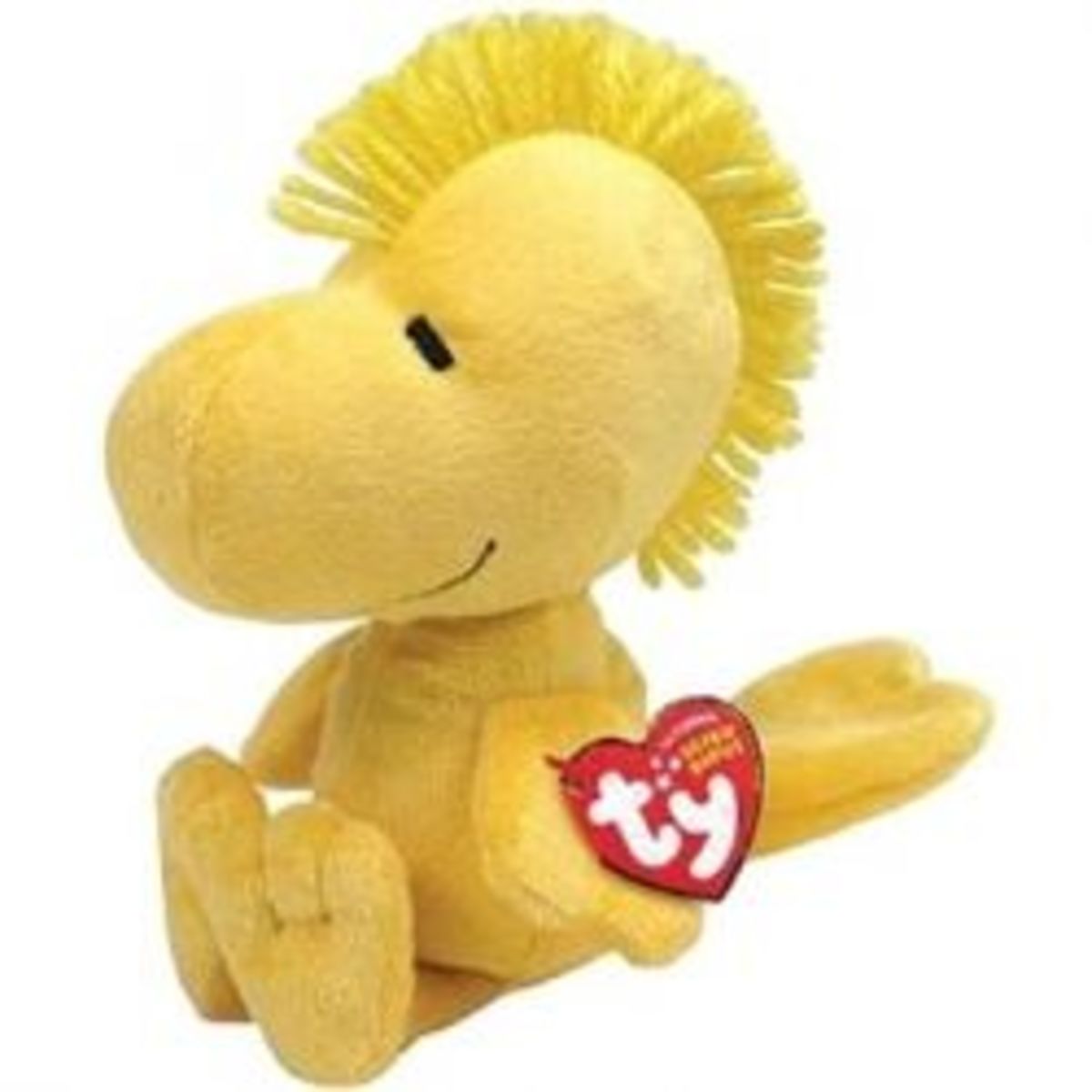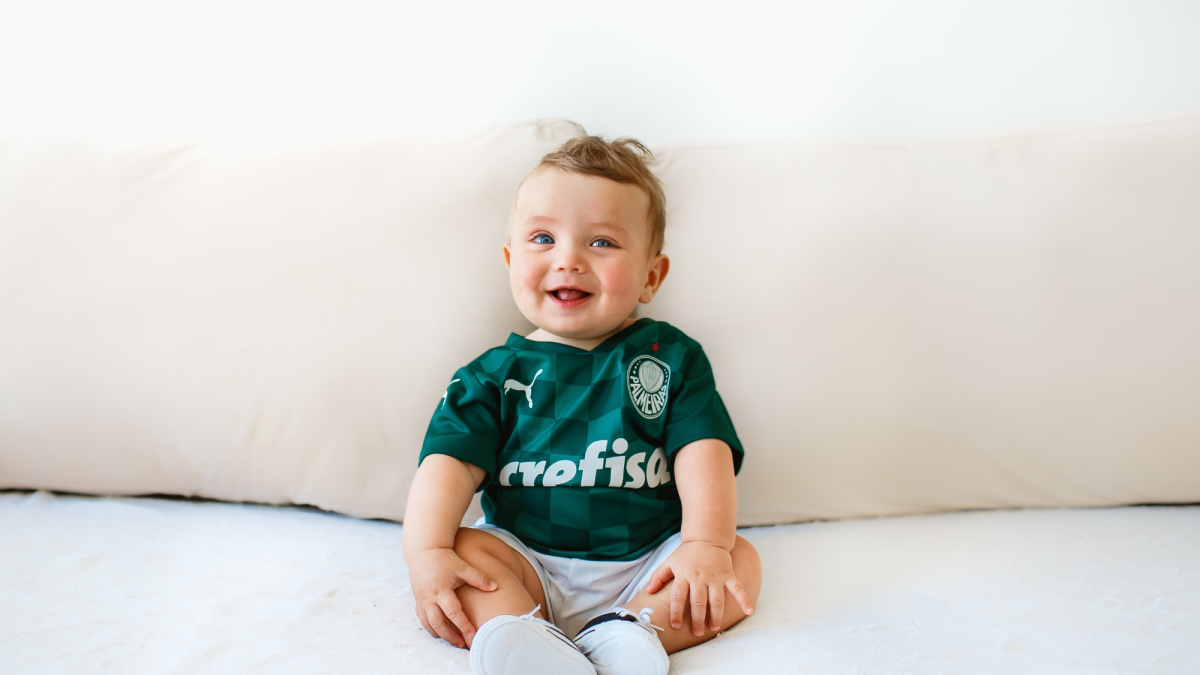Old-Fashioned Prams - Baby Carriages
The Perambulator
Most of us would be familiar, if only through old movies, with the classic image of a uniformed English nanny wheeling her charge through the park in a beautiful big perambulator. It conjures images of calm domestic stability and a world gone by.
Of course a cumbersome, big-wheeled pram is not terribly practical for most modern families and unless you have plenty of room to store it, a park nearby to wheel it and ideally, a nanny to push it, you'd probably prefer something lighter, foldable and more flexible. Some of the bigger perambulators look like mini carriages and indeed, they were commonly called "baby carriages". They reflect a link between the old world of carriage transport and modernity.
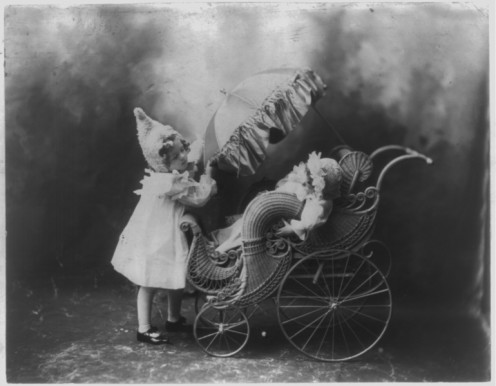
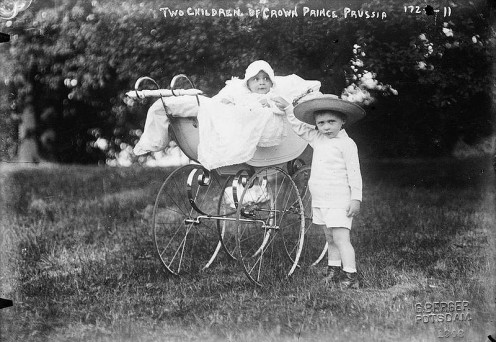
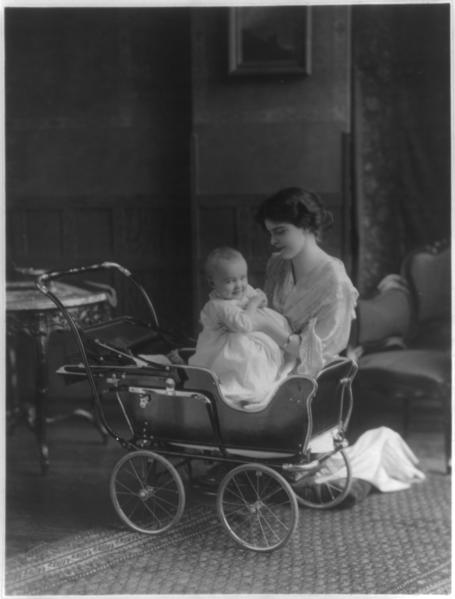
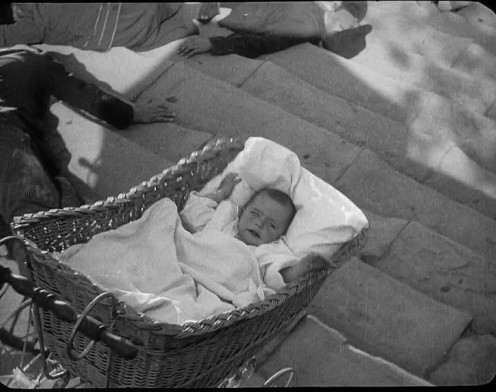
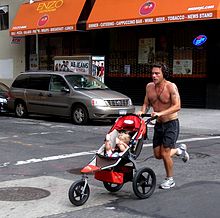
- Welcome to The Pram Museum
Introduction to The Virtual Pram Museum.
Pram History
The first known classic English perambulator was actually designed by architect, furniture and landscape designer, William Kent in 1733. In response to a request from a Duke, to design a vehicle that would comfortable transport his children around, Kent came up with what was basically a shell-like wicker basket with wheels.
This early pram was not designed to be pushed by a human but rather pulled by a pony or goat. It was literally a miniature 'carriage', elaborately decorated and lavishly lined for maximum comfort.
In the centuries that followed various improvements were made to baby carriage design, including brakes, brass joints, a foldable option and an attachable parasol/umbrella for keeping the elements off baby.
Many of these innovations were designed by Jesse Amour Crandall, whose father, Benjamin Potter is generally regarded as the first baby carriage manufacturer in the US.
Wicker and wood continued to be a popular materials for perambulators until well into the 20th century, when they were eventually replaced by lightweight metals and strong, waterproof cloth.
The iconic English 'nanny pram' reached in zenith in the Victorian era but continued to be manufactured in smaller numbers in a lighter weight and more versatile form up until the present day. Victorian perambulators were the ultimate in luxurious personal baby transport. and the addition of suspension made baby travel even more comfortable. These were not only used for transport but also as a convenient outdoor seat for baby when placed in the garden.
Owen Maclaren, founder of the famous British brand, Maclaren was the first to come up with the 'stroller', a lightweight aluminium pram frame in 1965, which could be easily folded and transported, even on aeroplanes. Owen was an aeronautical engineer and used his technical knowledge to revolutionise the baby transport industry.
These days the stroller is the biggest selling form of baby transport and comes in a variety of styles, including three-wheelers that the pusher can run or jog along with. The ascendance of the family car really put an end to the large old-fashioned perambulators, as they were just too big to transport easily.
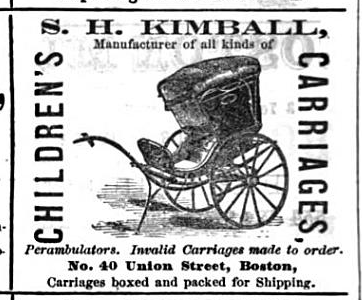
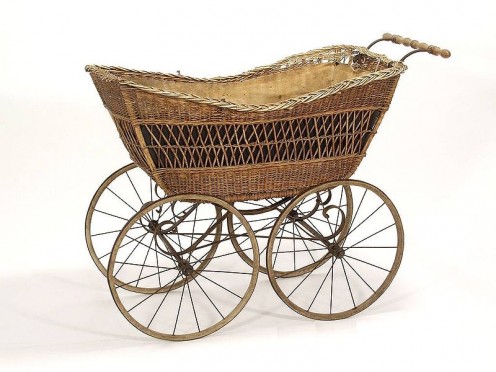
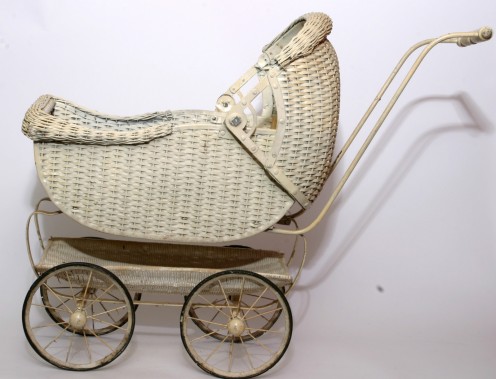
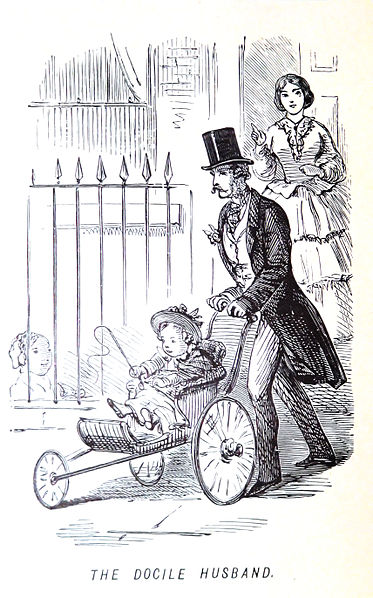
Collectable
Many early perambulators are so elegantly designed and richly decorated that they have become highly sought after collectors items.From the 1800s to the 50s and 60s there is a huge variety of styles of vintage perambulators to acquire.
Also collectable are some of the early makeshift prams, innovatively designed from whatever was available when commercially available prams were prohibitively expensive or hard to get. Some parents modified conventional prams to suit their own environment.
The 'bush pram' (below) circa 1931 by Miles Dunphy and nicknamed the "Kanagra Express" was modified to include a bush shade and a fold-up mechanism so it could be carried over rugged bush terrain. It's now kept in the Australian National Museum.
